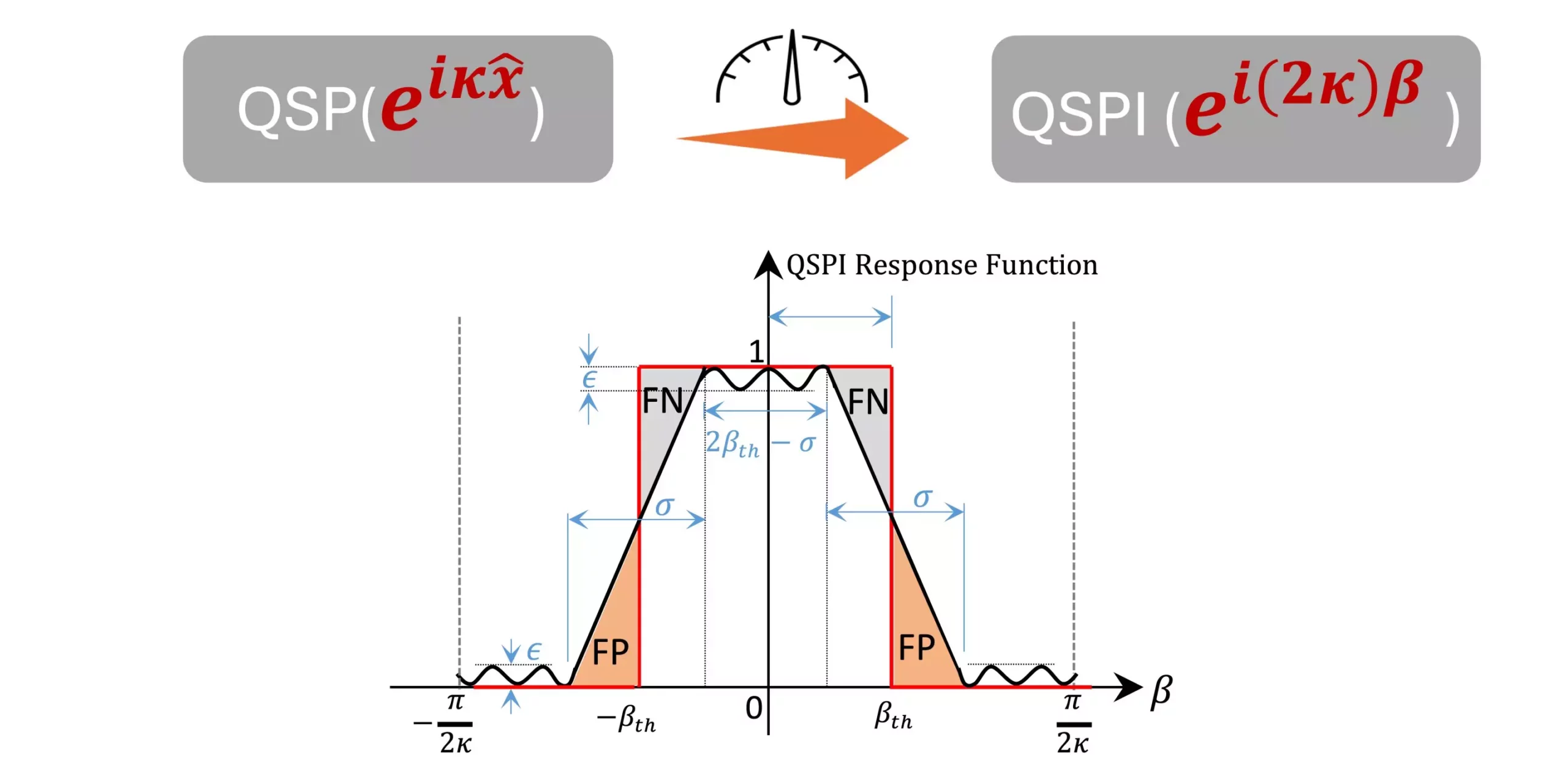Recent advancements in quantum sensing herald an era where detection capabilities could penetrate the thresholds defined by classical physics. Researchers from North Carolina State University (NCSU) and the Massachusetts Institute of Technology (MIT) have proposed an innovative framework that redefines the ways we approach signal detection through quantum mechanisms. By leveraging principles from classical signal processing, this groundbreaking work positions quantum sensors as a vastly more sensitive alternative to traditional methods.
Bridging Classical and Quantum Domains
Yuan Liu, leading the research team at NCSU, highlights an essential shift in engineering techniques applied to quantum systems. The impetus behind their research stems from the existing challenges faced in directing quantum sensors to effectively locate specific signals. Previous attempts have revealed that while quantum sensors possess immense theoretical potential, practical deployment has been constrained by the difficulty of signal targeting. Liu’s approach simplifies complex quantum environments, making it feasible to isolate desired signals while minimizing extraneous noise.
The essence of the researchers’ methodology lies in the strategic amalgamation of quantum bits (qubits) and bosonic oscillators. This development introduces an algorithmic framework that employs these components, promoting a nuanced manipulation of qubit states and leading to enhanced measurement accuracy. By reconceptualizing the quantum state manipulation in this manner, the research transforms what was often perceived as unattainable into a manageable endeavor.
Understanding Qubits and Bosonic Oscillators
At the heart of this innovation is the relationship established between qubits and bosonic oscillators. A qubit, the cornerstone of quantum computing, can exist in a superposition of states, thus enabling the representation of multiple configurations simultaneously. In contrast, bosonic oscillators extend beyond the traditional binary paradigm, being part of an infinite-dimensional spectrum. This inclusion of greater dimensionality allows researchers to craft sophisticated signal filtering techniques that exploit the unique properties of quantum mechanics.
Liu’s team adeptly employs a simplification strategy by shifting focus from the quantity of desired signals to a binary decision—a straightforward “yes” or “no” regarding the existence of a particular property. This reframing serves as a critical leap forward, facilitating the design of quantum systems that utilize polynomial functions to engineer waveforms fitting the criteria of the inquiries posed.
The Implications of Single-Shot Measurements
A striking feature of this research is the single-shot measurement capability it introduces. In contrast to conventional methods that often require multiple measurements for accuracy, the proposed quantum sensing protocol allows for the extraction of meaningful results with just one readout of the qubit. This efficiency not only streamlines the measurement process but also represents a significant reduction in resource demands—an attractive proposition in a field where costs and processing time can be substantial.
The versatility of this framework stands as a testament to its potential applications across various domains, from medical diagnostics to environmental monitoring. By tapping into readily available quantum technologies, the implications for real-world utilization are immense. Earlier barriers to entry—often characterized by the need for extensive measurements and complex setups—are dismantled, opening the door for broader accessibility to advanced sensing technologies.
Future Prospects of Quantum Sensor Technologies
Looking ahead, the framework introduced by Liu and his collaborators represents just the tip of the iceberg in quantum sensing research. It acknowledges the need for sensitivity without adding excessive complexity, suggesting that the future of detection technologies may lie in the harmonization of classical engineering principles with quantum mechanics. As researchers further refine and expand this approach, the possibility of crafting customized quantum sensors tailored to specific applications becomes increasingly viable.
While quantum sensing has faced challenges in practical deployment, the recent developments in refining its mechanisms appear poised to bridge the gap between potential and application. As quantum technologies continue to evolve, they hold the promise of transforming numerous industries, offering unprecedented levels of sensitivity and efficiency—an outlook that suggests a future where the once unimaginable becomes commonplace.


Leave a Reply